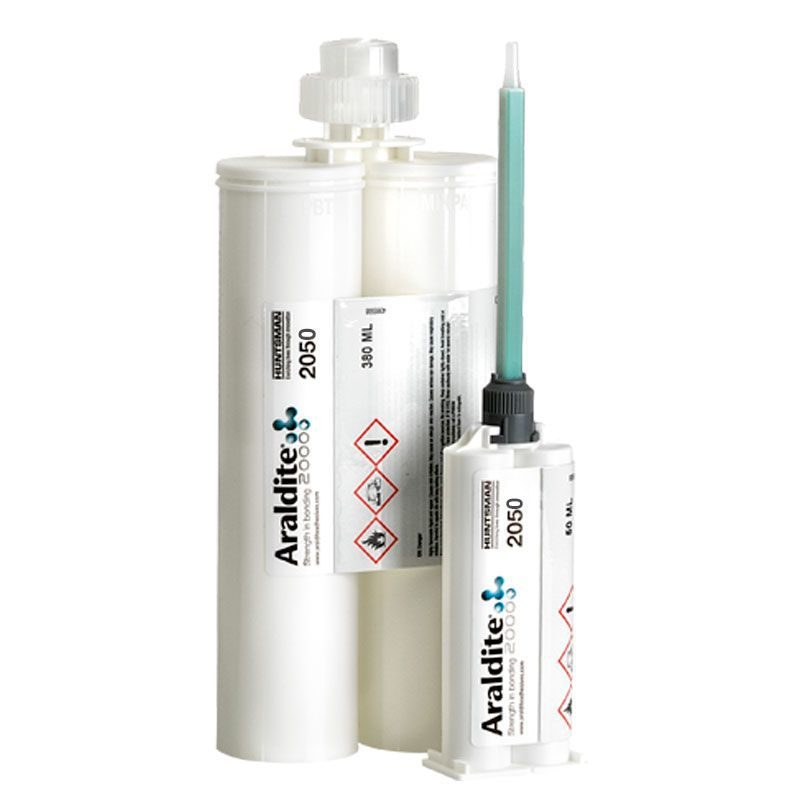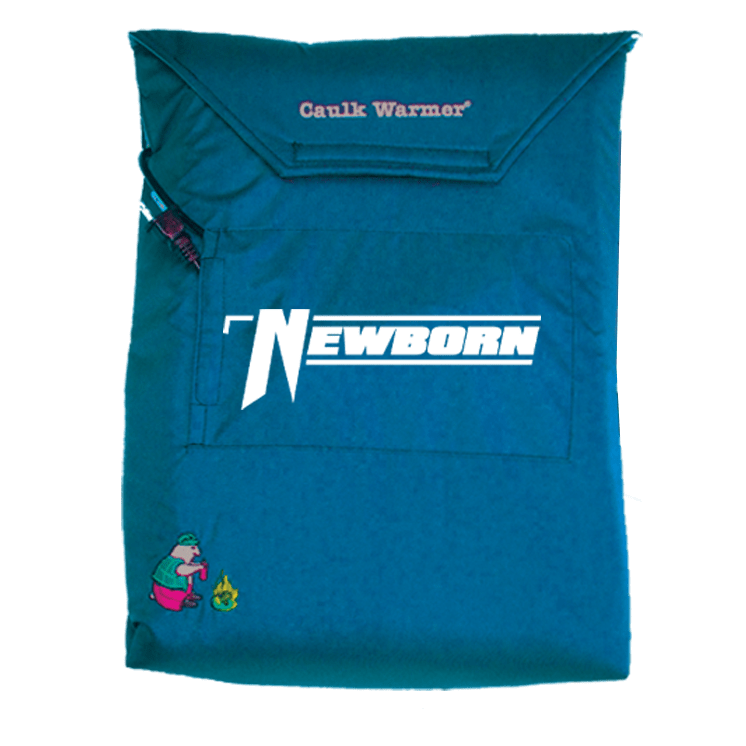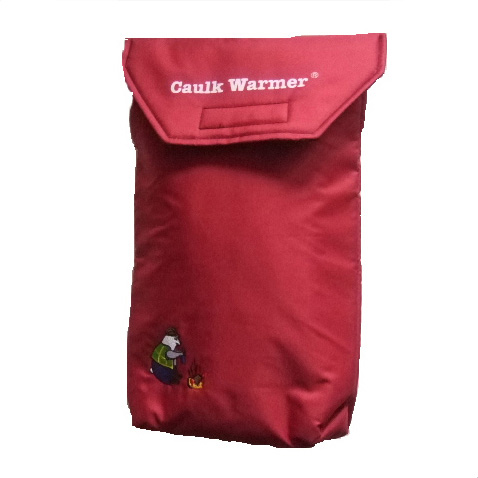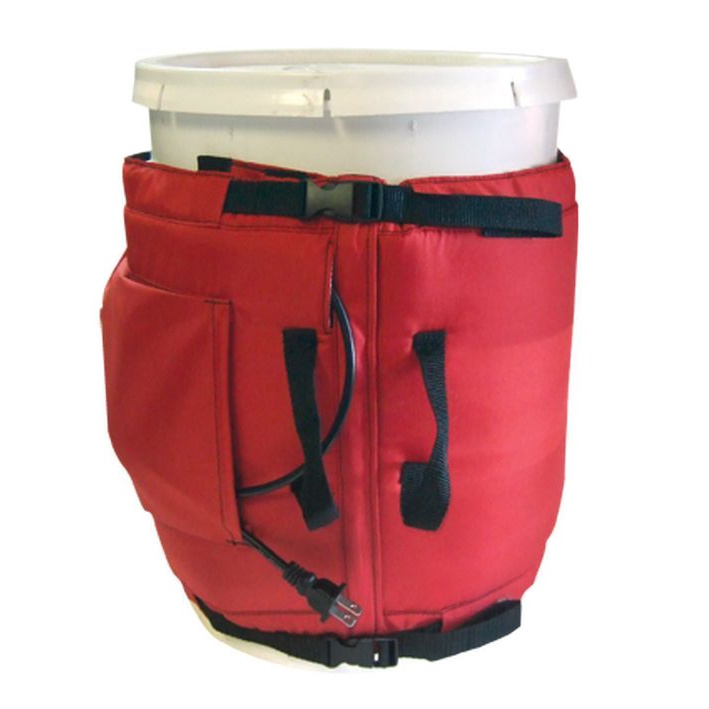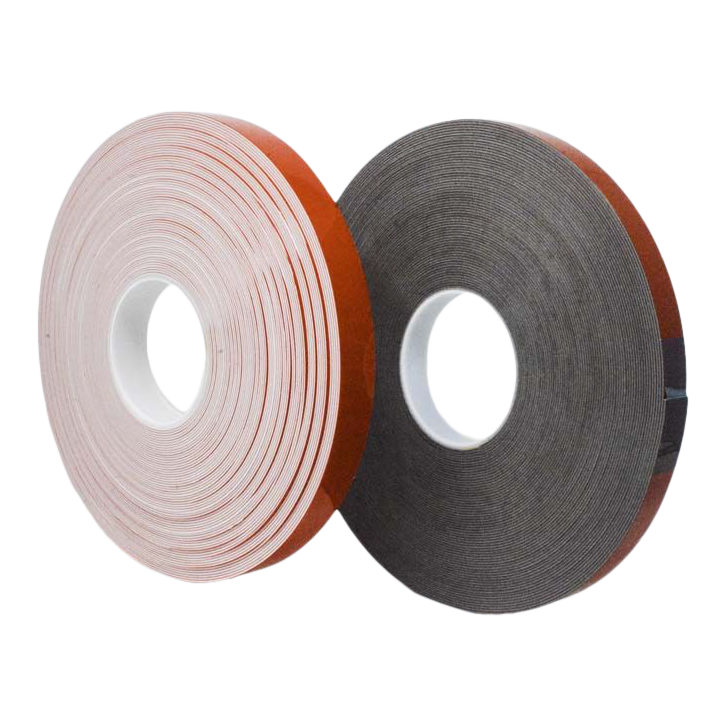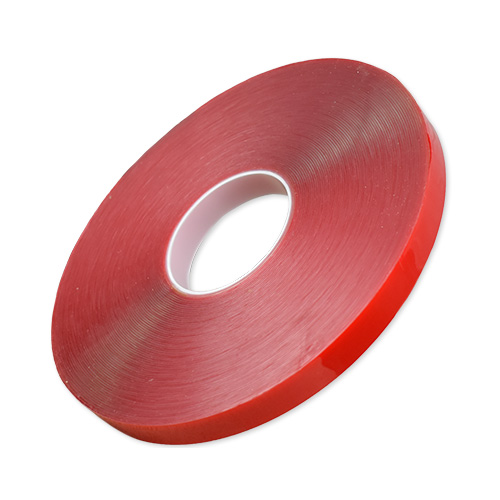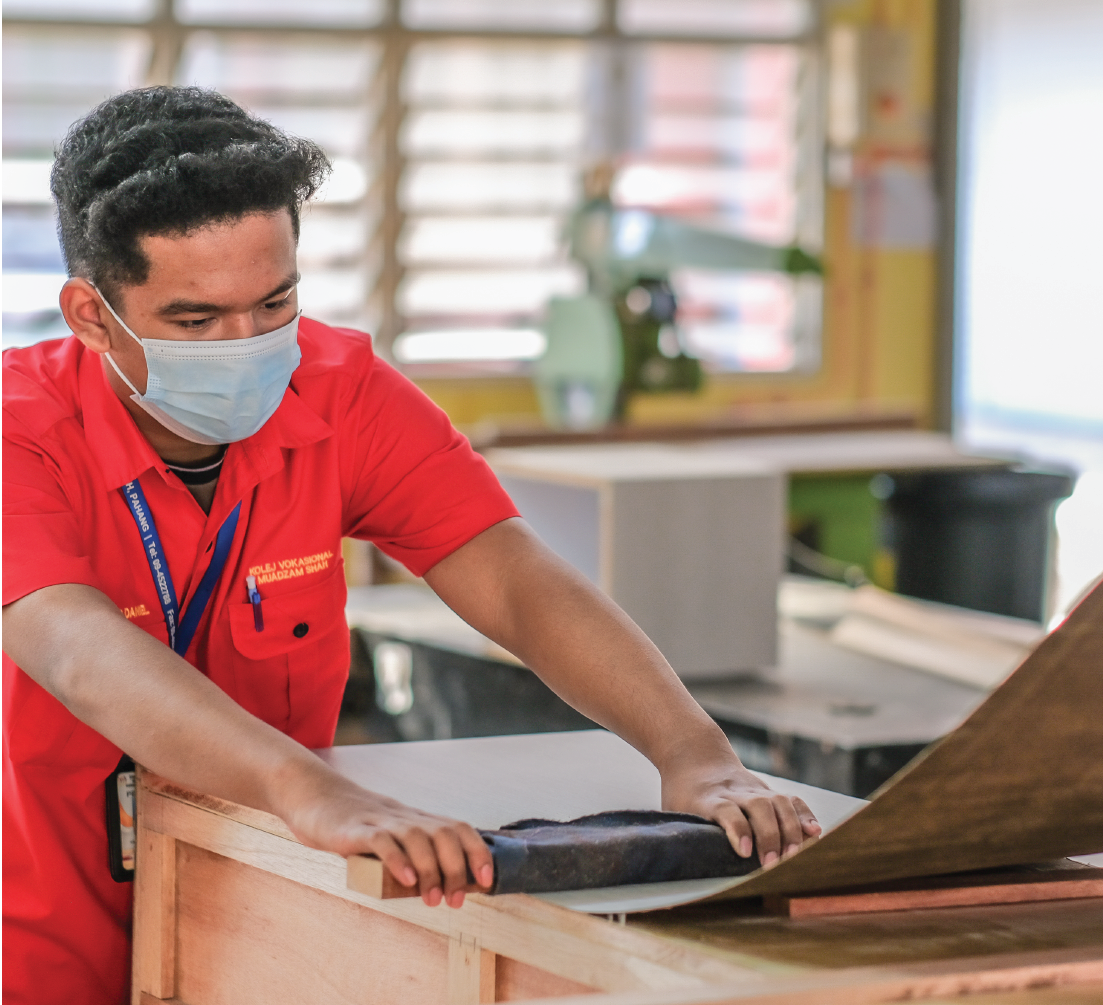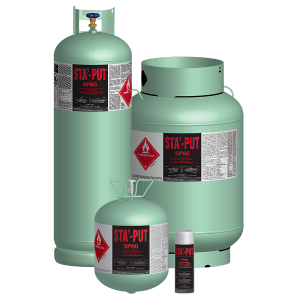
Solutions for Bonding in Cold Weather

You’re working in the cold. Your adhesive should too
Low temperatures present challenges for adhesives, tapes and sealants. While most adhesive manufacturers and distributors would simply recommend that you use their products at room temperature, that is not necessarily realistic advice. In any project there are competing requirements, and scheduling, personnel, availability, customer timelines, and many other factors often require installers, field techs, fabricators, and many tradespeople to work in a variety of challenging conditions. Sometimes critical equipment breaks, and it doesn’t always break on your preferred schedule.
While low temperatures are not optimal for adhesive bonding operations, here are a few products designed to improve your results and make you successful, even when the cards are stacked against you.
- Araldite 2050 – this is a structural adhesive designed to bond in extreme conditions. It can bond in low temperatures and even below freezing (-4°F to 75°F). It can be used in damp environments and underwater too. We even tested this product bonding metal parts in an ice bath and had amazing results. If you need to assemble or repair parts in cold weather, this product can be your secret weapon. We have never seen anything like it.
- VST 82XX Series Low Temperature High Bond Tapes – while the Araldite 2050 is a fantastic bonding solution for low temperatures, sometimes a double-sided tape is best tool for a particular job. Tapes offer instant bonding which is hard to beat and can even be used in conjunction with liquid adhesives to hold things in place while a structural adhesive dries. For these reasons, the VST 82XX series is a must-have for the winter months. This product offers the same performance as other high bond tapes but with the ability to apply in low temperatures. Others have noticed too — this product has been specified for mounting signage in the frozen-food section of a national grocery chain!
- Caulk-Warmers – Sometimes you don’t need a fancy adhesive designed for low temperature bonding. You just need to make sure that your traditional adhesives and tapes are stored well to set you up for success. Your job-site might be heated, but if your adhesives, tapes and sealants have been stored in your freezing truck overnight, that’s not going to be a winning combination. Caulk-warmers can be used with an inverter on your truck to keep your supplies ready for action just when you need them.
In addition to these specialized products, here are a few other tips to help you work with adhesives in winter weather.
- Know your cure times – Consult technical datasheets and specifications to understand what your working time, handling time and full cure time is at room temperature. Some data sheets will even show you cure times at different temperatures. A general rule of thumb is that for every 20 degree decrease in temperature from room temperature, your curing time will double. Make sure you have a plan that factors in the extended cure times you will face at low temperatures
- Know your limits – Structural adhesives will have extended cure times within a certain temperature range but there will be a point at which the adhesive will not cure properly and may not cure at all if the environment is too cold. The exact temperature at which the product cannot be reliably used will differ from one product to the next. Check the data sheets for this information. This is often known as minimum application temperature. Look for this information or ask your supplier to make sure you are in the clear
- Control your environment – You can take steps to work around the ambient temperatures and mitigate the risks, but it bears repeating that cold temperatures are not optimal for adhesive bonding. If you possibly can, its always best to just control the climate in your workspace. Sometimes this is impossible, and other times it is just inconvenient or expensive. Adhesives are technical products that are designed and tested to work in specific conditions. If quality control and performance are important factors in the end results, you may need to invest in equipment to maintain the proper conditions. Manufacturing companies are often willing to invest in expensive capital equipment to cut, shape, grind, and finish — why not take the same level of care for your bonding operations?
- Condition your materials – If it is impossible to condition your workspace, the next best thing you can do is to at least condition your materials. This can mean heating up the substrates to be bonded, or storing them are room temperature prior to starting the job. This can also mean storing your adhesives at room temperature or higher in preparation for the project as well. This can be as simple as using a heat gun to warm up your metal parts prior to gluing or as complex as using infrared heaters or heating blankets to directly heat the workpieces during curing. Often times there are simple steps such as keeping your glue in a heated office before the day of the job, or not leaving your adhesives in the truck the night before. If the space is not conditioned, then the parts will quickly get cold, but preheating your parts and your adhesive might just retain the heat for long enough during the curing process to make the difference between success and failure
Have questions about using adhesives in cold weather or a particular application? Reach out to the pros at Chemical Concepts for expert advice today!

